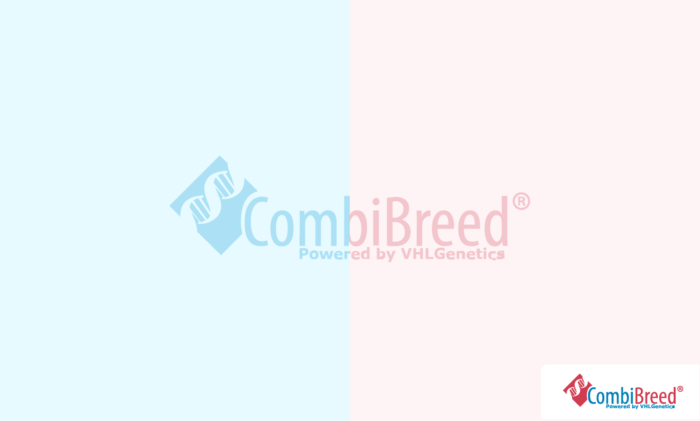
€57,48 €47,50 IVA esclusa
Il colore del mantello nei cani è controllato da un'ampia gamma di geni diversi che lavorano insieme.
Giorni lavorativi10
€ 5,95 costi di gestione e spedizione (IVA inclusa)
Specifiche
| Razza | |
|---|---|
| Gene | |
| Cromosoma | 16 |
| Mutation | c.231_233del |
| Tipo di Ereditarietà | Autosomico Dominante |
| Organo | |
| Campione | Tampone, Sangue in EDTA, Sangue in Eparina, Seme, Tessuto |
| Also known as | K-Locus |
Informazioni generali
Il colore del mantello nei cani è controllato da un’ampia gamma di geni diversi che lavorano insieme. Questi geni sono spesso indicati come “loci”. Il nero dominante, o Locus-K, corrisponde al gene “beta-defensina 103” (CBD103), che svolge un ruolo significativo nella pigmentazione. Una mutazione dominante di CBD103, designata come K^B, si traduce in un colore del mantello completamente nero. L’allele recessivo e non affetto del locus K è designato come k^y e produce colori più chiari.
Caratteristiche cliniche
I cani affetti (K^B/K^B o K^B/k^y) sviluppano il mantello nero, a condizione che non siano affetti anche dalla variante recessiva del locus E (e/e). Il colore nero può essere ulteriormente modificato dagli effetti del B-Locus e del D-Locus.
Informazioni aggiuntive
Il colore del mantello è un tratto intricato che coinvolge una combinazione di più geni diversi. Il test per una serie di loci diversi fornirà una previsione più completa della genetica del colore del mantello di un cane.
Riferimenti
Pubmed ID: 17947548
Year published: 2007
Omia ID: 1416
Omia variant ID: 458